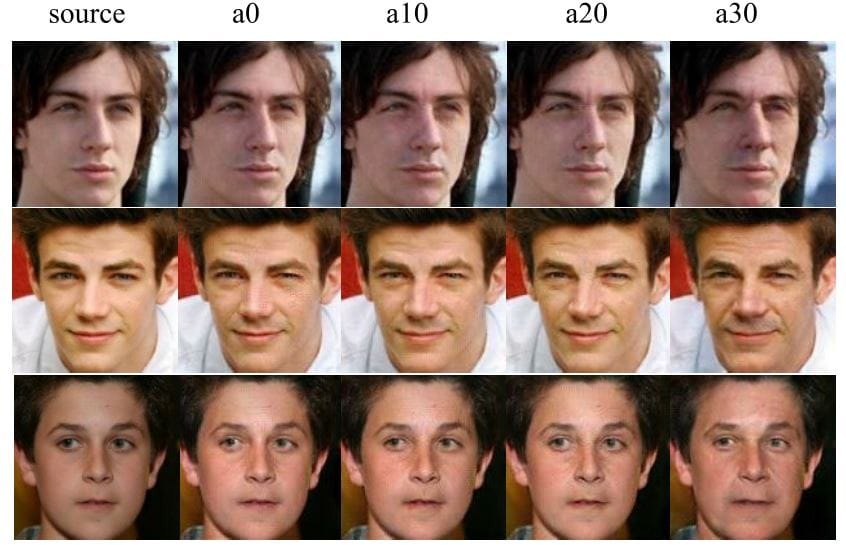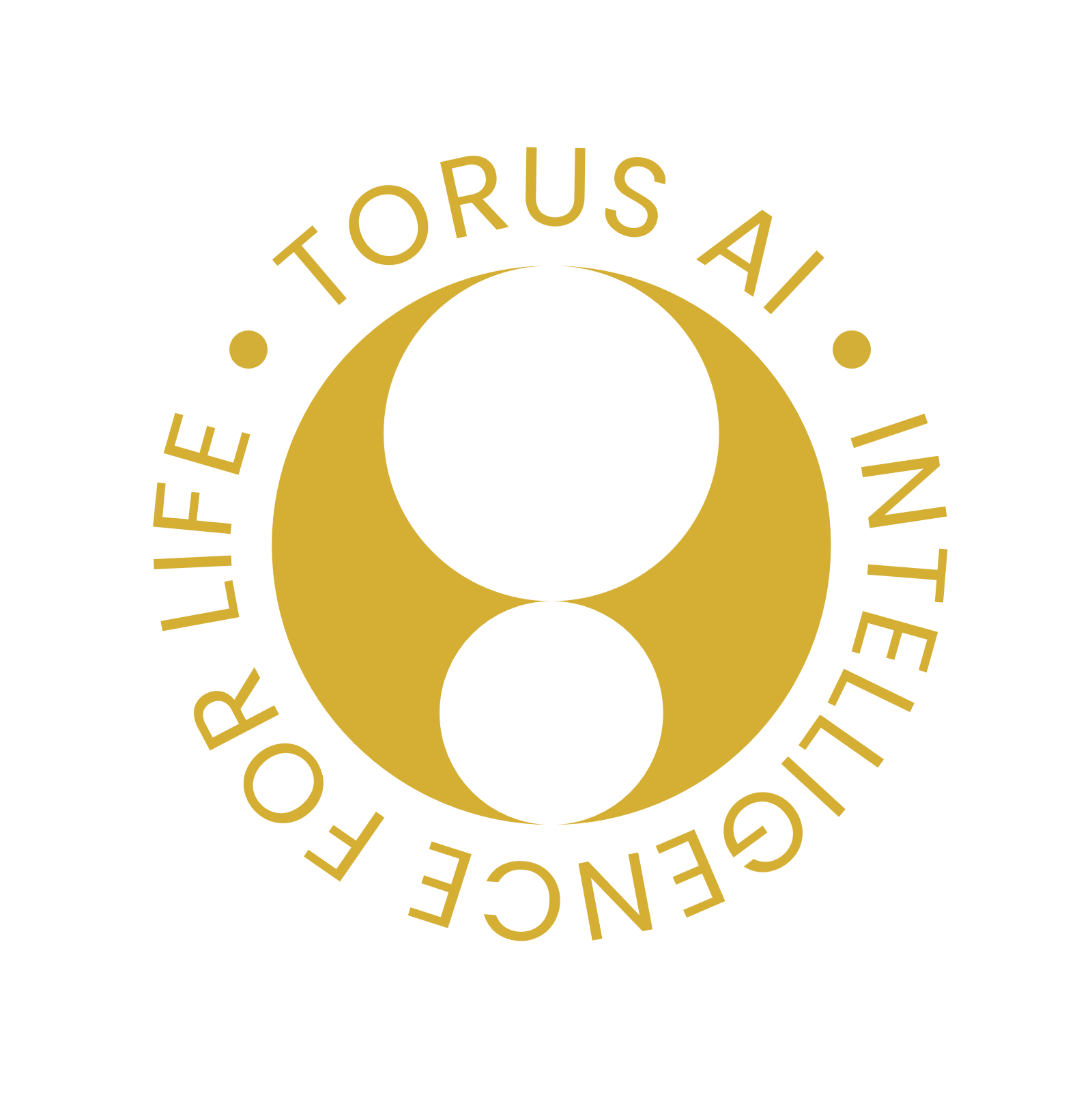Face aging with Identity-preserved CGANs.

Paper : https://openaccess.thecvf.com/content_cvpr_2018/CameraReady/0430.pdf
Authors : Zongwei Wang, Xu Tang, Weixin Luo and Shenghua Gao
Introduction
In the research field of computer vision and artificial intelligence, one intriguing and challenging task is face aging. Imagine being able to witness the transformation of a person's face over the years, capturing the subtle changes that occur with age. However, achieving this task convincingly while preserving the individual's identity has long been a formidable challenge. Enter IPCGAN – Face Aging with Identity-Preserved Conditional Generative Adversarial Networks. Intrigued ? Keep reading to discover all the mysteries behind IPCGAN.
Understanding IPCGAN
At its core, IPCGAN is an approach that leverages conditional generative adversarial networks (CGANs) to generate realistic face images of individuals at different ages while ensuring that their identity remains intact. Unlike traditional methods that often produce unrealistic or distorted results, IPCGAN takes a novel approach by incorporating identity-preserving constraints into the training process.

How IPCGAN Works
The magic of IPCGAN lies in its architecture and training procedure. By conditioning the generator network on both the input face image and the desired age label, IPCGAN learns to generate aged images that not only look realistic but also retain the essential facial features and characteristics of the input face. Especially, the 3 main component of this model are :
Conditional Generative Adversarial Network (cGAN):
- The cGAN is the core component and is responsible for generating realistic face images of individuals at different ages. It comprises two main networks: the generator and the discriminator.
- Generator: The generator takes as input an initial face image and a desired age label. It learns to generate an age-progressed version of the input face that aligns with the specified age label.
- Discriminator: The discriminator network evaluates the realism of the generated images. It learns to distinguish between real face images and synthetic face images generated by the generator. The generator aims to fool the discriminator into believing that its generated images are real.
Identity-Preserved Constraint:
- The identity-preserved constraint is the component that ensures the preservation of the individual's identity throughout the aging process. It is typically implemented as an additional loss term during the training of the cGAN.
- It helps prevent the generation of unrealistic or distorted images that deviate significantly from the original identity.
Age Classifier:
- The age classifier is used to provide supervision during the training of IPCGAN. It is a separate neural network trained to predict the age of a given face image.
- During the training of IPCGAN, the age classifier is used to predict age labels for the generated face images. This shoves the cGAN to learn to generate images that match the specified age labels accurately.

Applications and Implications
The applications of IPCGAN are vast and varied : from generating age-progressed images for law enforcement purposes to creating personalized digital avatars for entertainment and marketing. However, with great power comes great responsibility. As we dig into the field of face aging technology, it's essential to consider the ethical implications and ensure that these advancements are used responsibly and ethically.
References
"Face Aging with Identity-Preserved Conditional Generative Adversarial Networks", Z Wang, X. Tang, W. Luo, S. Gao. CVPR 2018.
